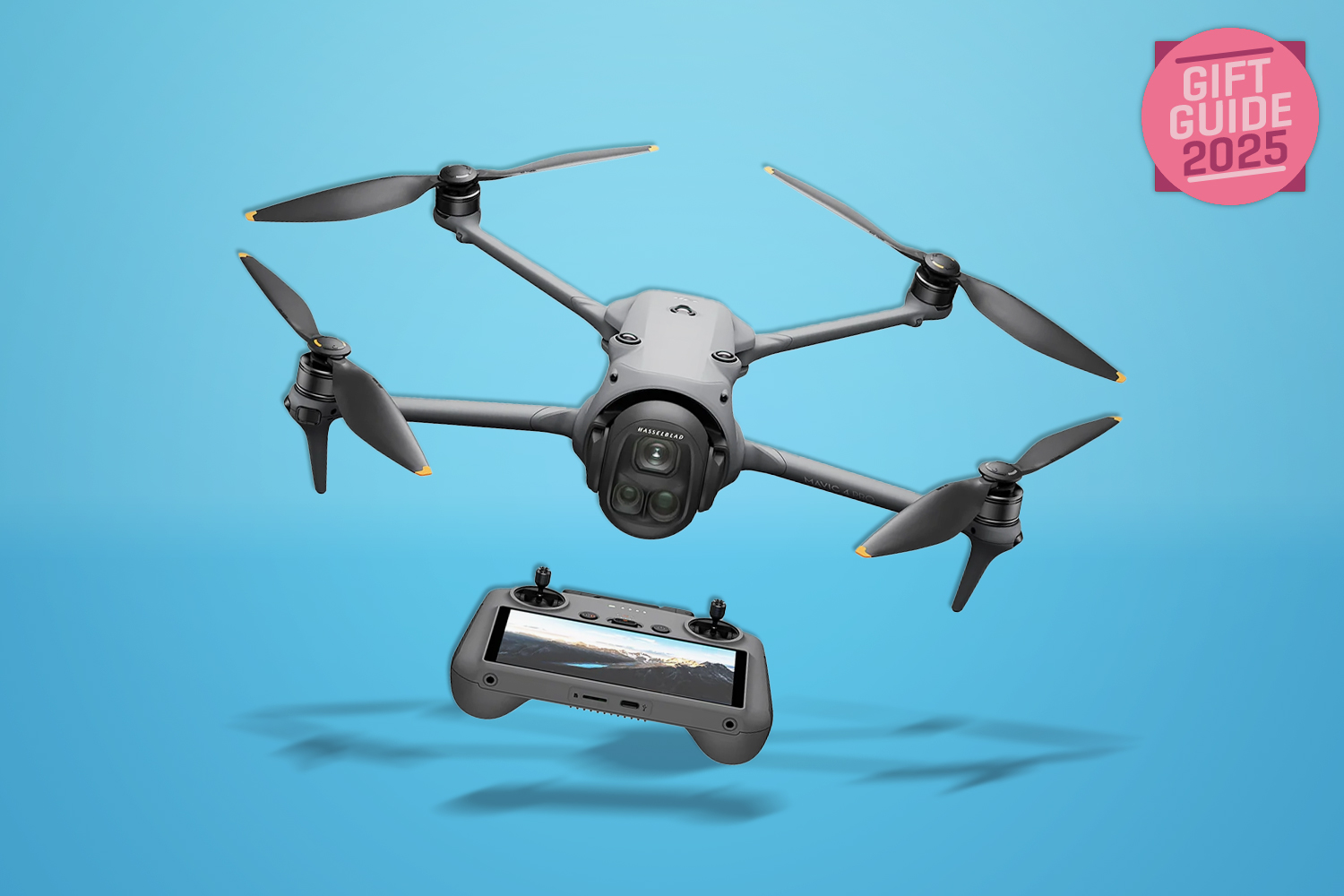Switching to a vertical mouse is a hard sell. Having to change how you use a mouse completely can be an intimidating task, especially with how unnatural the new hand position feels at first—you’re going entirely against the muscle memory you’ve spent years building up.
One of the largest challenges to the switch is the initial loss of pointer accuracy. If you’re in an office setting, you may find yourself wandering around a bit or struggling to move your new mouse as quickly as you did before. But in a slow-paced setting like that, all you struggle with is a few mis-clicks or slightly slower navigation. If you try to make this transition with gaming, it’s far more jarring, and the consequences are much more immediately noticeable.
But even if it’s difficult to adapt to, could vertical mice be the future of gaming? Razer’s new Pro Click V2 Vertical Edition is a hybrid productivity and gaming vertical mouse. Vertical mice typically cater to office workers, but the focus on gaming performance makes the $120 Pro Click V2 one of a kind.
Desk Presence
The Pro Click V2 Vertical looks, more than anything else, like a modern gaming mouse. It has the textured exterior, metallic highlights, and slightly organic, H.R. Giger-esque curvature typical of Razer’s design language. But everything has been shifted around. The curved, cutting thumb rest sits on top of the mouse instead of on the side. A flare juts out from the right side as a place to rest the underside of your hand. The gunmetal highlight sits at the peak of the mouse rather than between the two buttons. Even the USB port is vertical, a humorous attention to detail.
It’s intentionally designed as a gaming mouse that just happens to be vertical. Aesthetically, the only downside is the minimal RGB lighting. With only one section of lighting that runs along the bottom of the mouse, RGB lighting fans might feel disappointed. Still, it’s bright, reactive, and has great color accuracy. It’s more than enough for me, especially with how customizable it is with Razer’s Chroma software.
The Pro Click V2 Vertical has the same specs as the standard Pro Click V2, with a 1,000-Hz polling rate, a 2.4-GHz dongle that can be stored on the underside, Bluetooth multi-device connectivity, and a reprogrammable button on top. The only features lost are the mouse wheel’s horizontal scrolling and toggleable non-ratcheted rotation.
This mouse includes two major productivity features: app-specific profiles and multi-device connectivity, and both work effortlessly. Razer Synapse immediately detected different software and changed the active profile in response, and pressing the button on the underside of the mouse swapped between paired devices instantaneously.
Beyond that, Razer Synapse is as impressive as always. I consistently find the software to be one of the best and most intuitive on the market, and that’s the case here. All of the menus are simple and efficient, the settings can be changed in real time, and the adjustments all have tooltips and explanations to tell you exactly what you’re changing.
Annoyingly, Razer Synapse has advertisements on the homepage, something I’ve complained about when reviewing SteelSeries products in the past. However, unlike Steelseries GG, these “recommendations” can be permanently disabled in the app’s settings.
Performance and Practice
The overall hand position of the Pro Click V2 Vertical is natural, but incredibly upright. While some vertical mice, like those from Logitech or Hansker, find a middle ground between a standard and truly “vertical” hand position, Razer opted for a nearly perpendicular shape. While this is technically an ideal ergonomic shape, it will be harder to adapt if you’re moving directly from a standard mouse, and might not be as comfortable during the adjustment period.
It felt unnatural for the first week or so, and required practice to use comfortably and confidently. Once I had acclimated, my speed and accuracy were nearly at the same level as a standard mouse, although consistent use still felt clunky and unfamiliar compared to the horizontal mice I’d been using for most of my life.









